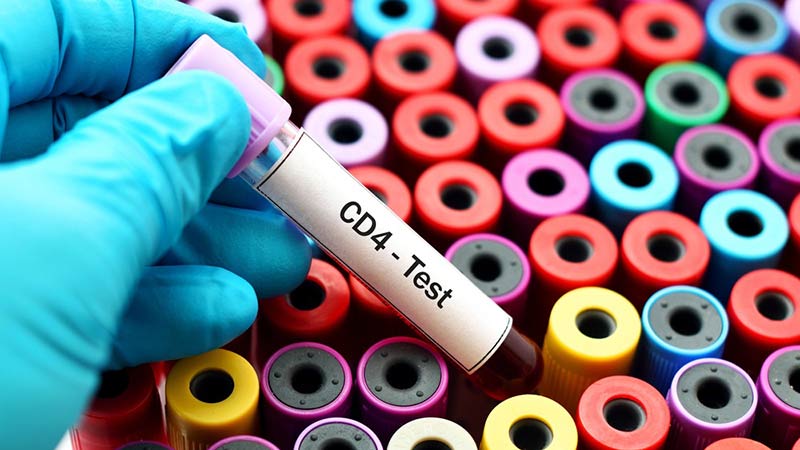HIV Testing
CD4 Baseline Testing
CD4 cell count testing at baseline for all people living with HIV
The 2017 WHO guidelines point out that CD4 cell count testing at baseline for all people living with HIV remains important, because relying on clinical staging alone risks missing substantial numbers of people living with HIV with severe immune suppression1.
In a study from Kenya, Malawi, Uganda, and Zimbabwe, almost half the people with CD4 count <100 cells/µl were classified as having WHO clinical stage 1 or 2 disease1. Hence, identifying people with advanced HIV disease who are eligible for elements of a package of care requires CD4 cell count testing1.
All patients entering or re-entering care should receive a CD4 test at treatment baseline and as clinically indicated for patients with unstable or advanced HIV disease2.
Identification of Advanced HIV Disease
Definition of advanced HIV disease
People presenting with advanced HIV disease are at high risk of death. The 2017 WHO guidelines define advanced HIV disease as follows3:
- For adults, adolescents, and children older than five years, advanced HIV disease is defined as CD4 cell count <200 cells/µl or WHO stage 3 or a 4 event.
- All children younger than five years old with HIV are considered as having advanced HIV disease.
- A severely immunosuppressed adult is defined as having a CD4 cell count <50 cells/µl.
People presenting with advanced HIV disease are at high risk of death, even after starting ART (Antiretroviral Therapy), with the risk increasing with decreasing CD4 cell count, especially with CD4 cell count <100 cells/µl4. Relying on clinical staging alone risks missing substantial numbers of people living with HIV with severe immune suppression1.
Advanced HIV disease package of care
People with advanced HIV disease are defined as those presenting to care with a CD4 count below 200 cells/µl or WHO disease stages 3 and 4.
The package of care for these people should include the following5:
- Rapid initiation of ART (once the risk of immune reconstitution inflammatory syndrome [IRIS] is ruled out);
- Systematic screening for Cryptococcus antigen;
- Screening and treatment for tuberculosis (TB) or isoniazid preventive treatment (IPT) as indicated;
- Screening for toxoplasmosis and Co-trimoxazole (CTX) prophylaxis; and
- Intensive follow-up3.
Laboratory & Diagnostic Services
Effective laboratory and diagnostic services
Even in settings with full access to viral load testing, CD4 cell count testing capability will continue to be needed as part of HIV programs for baseline risk and other clinical assessments. Depending on the context, as the transition to viral load monitoring from CD4 count testing for initiation and monitoring progresses, programs may wish to consider centralizing the continued use of CD4 count testing17.
Continue to the next section of Beckman Coulter Life Sciences’ “Twelve Steps to CD4 Testing.”
Fill the form to download 12 Steps to CD4 Testing pocket book
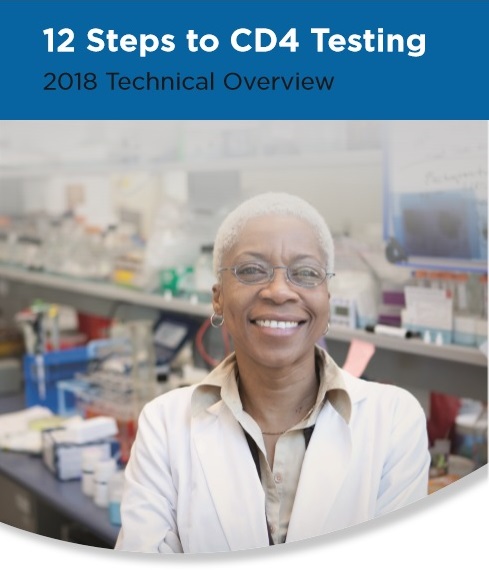
Twelve Steps To CD4 Testing
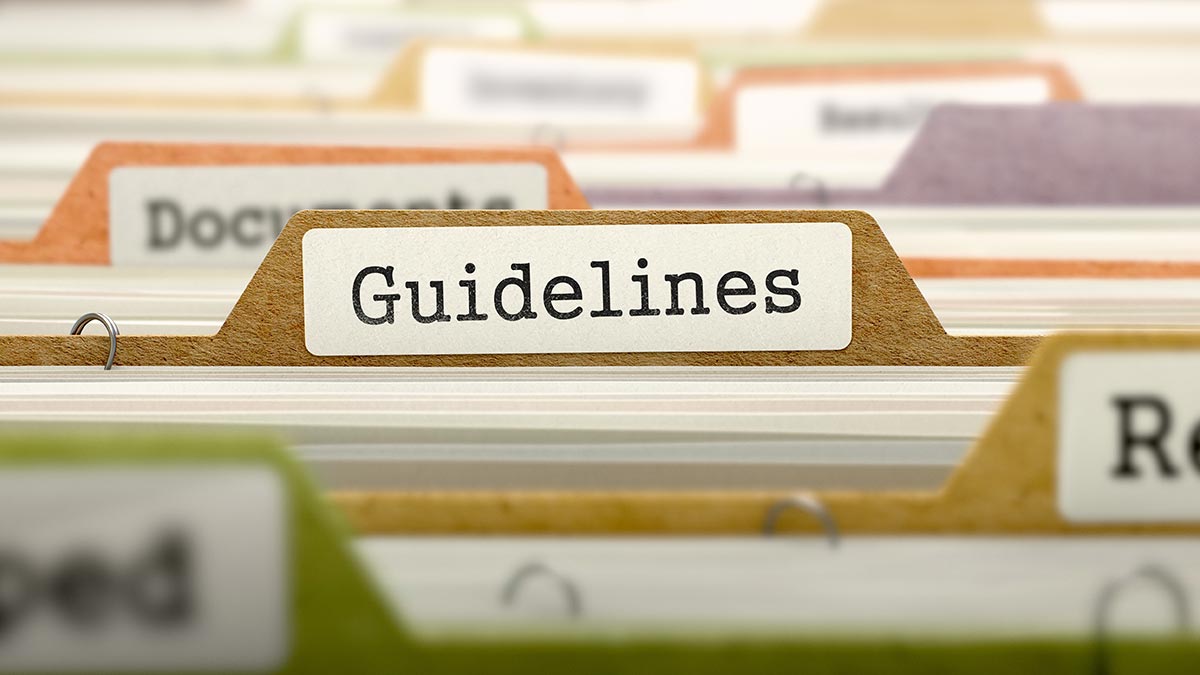
WHO Guidelines CD4 Testing
WHO clarifies the role of CD4 in assessing risk for individuals with advanced disease, for prophylaxis for opportunistic infections, and prioritization of ART initiation.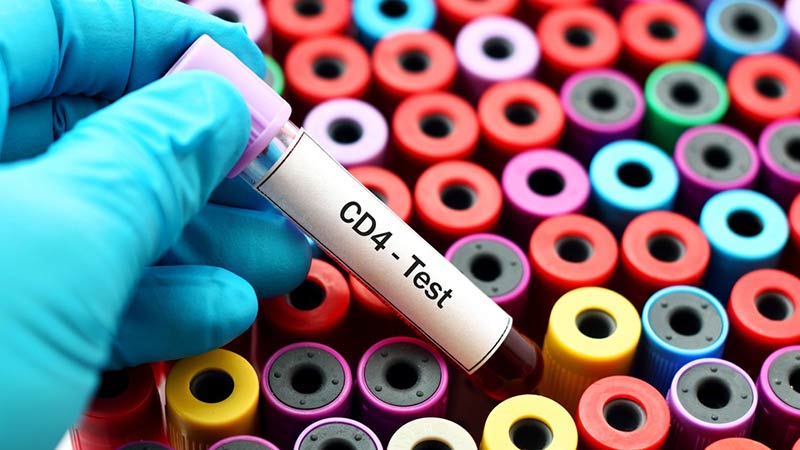
12 Steps to CD4 Testing Part I: HIV Testing
CD4 cell count testing at baseline remains important, because relying on clinical staging alone risks missing people with severe immune suppression.
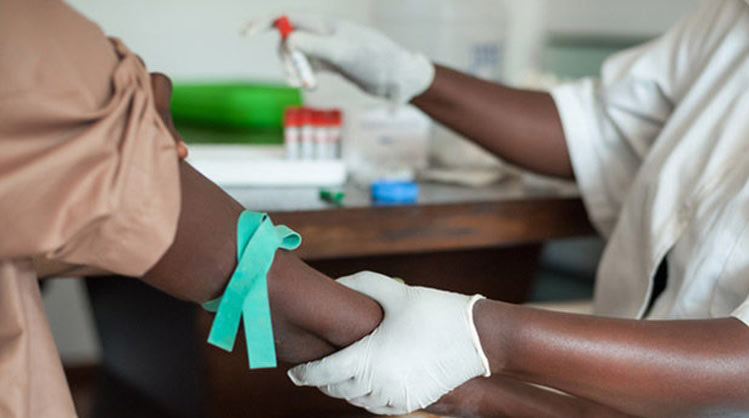
12 Steps to CD4 Testing Part II: HIV Treatment
People with no contraindication should be informed of the benefits of ART and offered rapid ART initiation, including the option of same-day initiation.
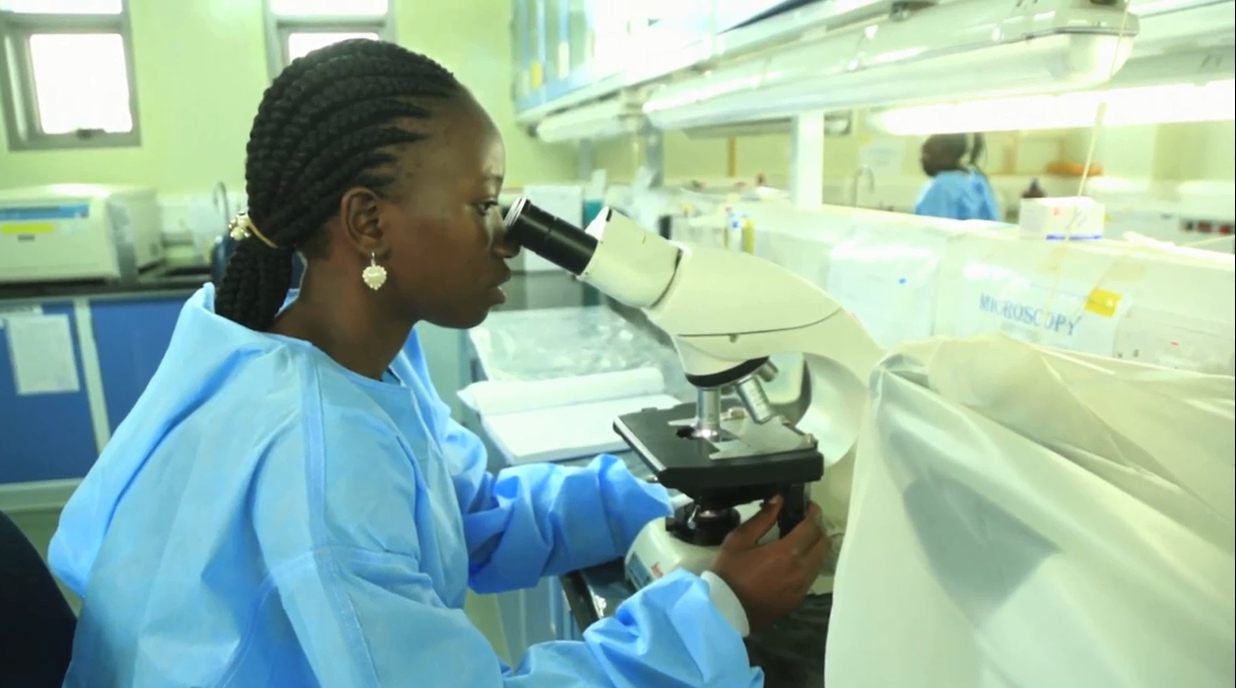
12 Steps to CD4 Testing Part III: HIV & Opportunistic Infections
CD4 count can help to make a decision on starting and stopping of prophylaxis for opportunistic infections and vaccinationReferences:
1. World Health Organization (2017): Guidelines for managing advanced HIV disease and rapid initiation of antiretroviral therapy, page 6.
2. World Health Organization (2017): What’s new in treatment monitoring: Viral load and VCD4 testing Information Note WHO/HIV/2017.22, page 1
3. World Health Organization (2017): Guidelines for managing advanced HIV disease and rapid initiation of antiretroviral therapy, page v.
4. World Health Organization (2017): Guidelines for managing advanced HIV disease and rapid initiation of antiretroviral therapy, page 2.
5. World Health Organization (2016): Consolidated guidelines on the use of antiretroviral drugs for treating and preventing HIV infection; recommendations for a public health approach – 2nd ed., page 241.
17. World Health Organization (2016): Consolidated guidelines on the use of antiretroviral drugs or treating and preventing HIV infection; recommendations for a public health approach – 2nd ed., pages 295-297.

